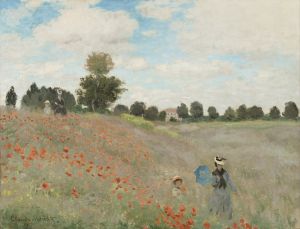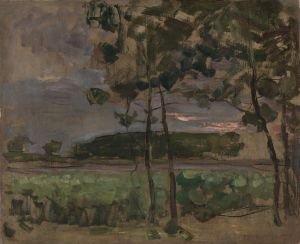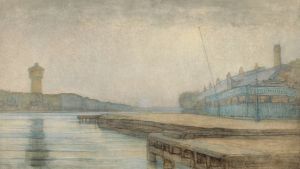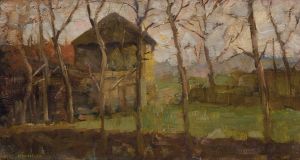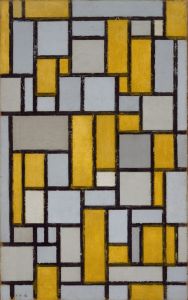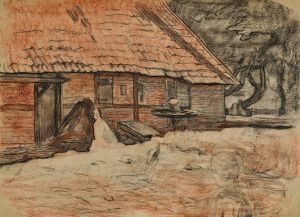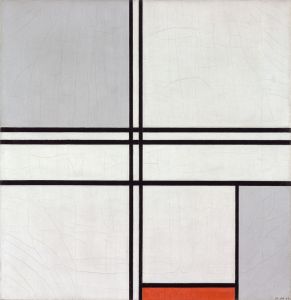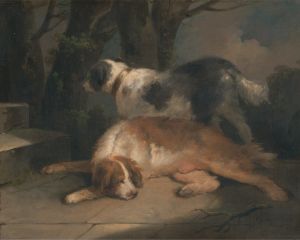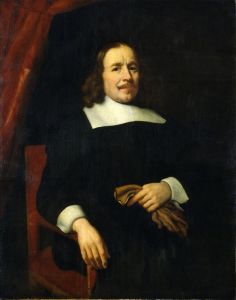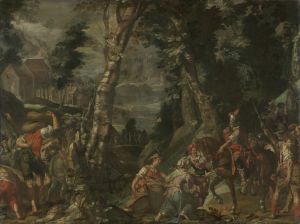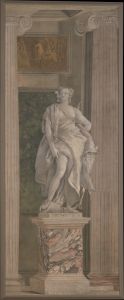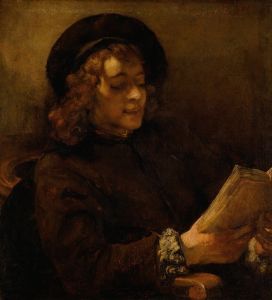
Farm near Duivendrecht
A hand-painted replica of Piet Mondrian’s masterpiece Farm near Duivendrecht, meticulously crafted by professional artists to capture the true essence of the original. Each piece is created with museum-quality canvas and rare mineral pigments, carefully painted by experienced artists with delicate brushstrokes and rich, layered colors to perfectly recreate the texture of the original artwork. Unlike machine-printed reproductions, this hand-painted version brings the painting to life, infused with the artist’s emotions and skill in every stroke. Whether for personal collection or home decoration, it instantly elevates the artistic atmosphere of any space.
"Farm near Duivendrecht" is a painting by the Dutch artist Piet Mondrian, created in 1916. Mondrian, who is widely recognized for his contribution to the De Stijl art movement and his development of abstract art, was in a transitional phase during the time he painted this work. This painting is significant as it reflects Mondrian's exploration of abstraction and his gradual shift from representational art to his iconic geometric style.
The painting depicts a rural scene near the village of Duivendrecht, which is located close to Amsterdam in the Netherlands. This area was a source of inspiration for Mondrian during this period, as he often painted landscapes and farm scenes. "Farm near Duivendrecht" captures the essence of the Dutch countryside with its depiction of a farmhouse and surrounding trees, rendered in a style that balances between realism and abstraction.
Mondrian's work during this time was heavily influenced by his interest in Theosophy, a spiritual movement that sought to understand the divine and the universe through mystical insight. This philosophical influence is evident in his approach to painting, as he sought to express a deeper, universal truth through his art. In "Farm near Duivendrecht," Mondrian employs a muted color palette and simplified forms, which hint at his move towards abstraction.
The painting is characterized by its use of horizontal and vertical lines, which would later become a hallmark of Mondrian's mature style. These lines create a sense of structure and order, reflecting Mondrian's belief in the harmony and balance of the natural world. The composition of the painting is carefully arranged, with the farmhouse and trees positioned to create a sense of depth and perspective.
"Farm near Duivendrecht" is an important work in Mondrian's oeuvre as it marks a pivotal moment in his artistic development. It illustrates his transition from traditional landscape painting to a more abstract representation of reality. This painting is part of a series of works that Mondrian created during his time in the Netherlands, before he moved to Paris and fully embraced the principles of De Stijl.
The painting is housed in the Kunstmuseum Den Haag in The Hague, Netherlands, which holds a significant collection of Mondrian's works. The museum provides insight into Mondrian's artistic journey and his impact on modern art. "Farm near Duivendrecht" is a testament to Mondrian's innovative spirit and his quest to capture the essence of the world through a new visual language.
Overall, "Farm near Duivendrecht" is a key piece in understanding Piet Mondrian's evolution as an artist. It bridges the gap between his early representational works and his later abstract compositions, offering viewers a glimpse into the mind of one of the 20th century's most influential artists.





